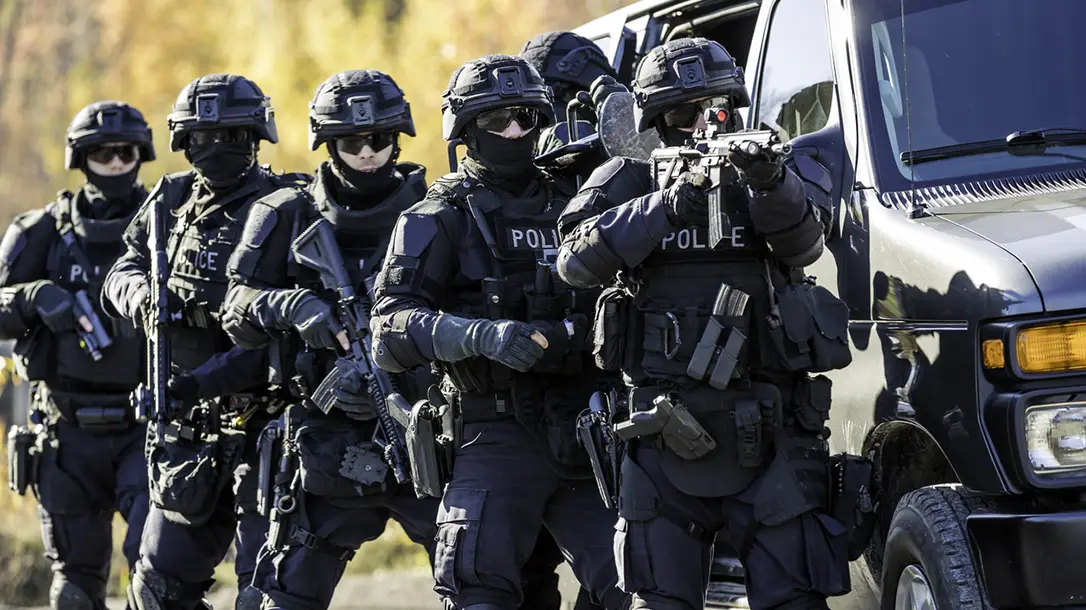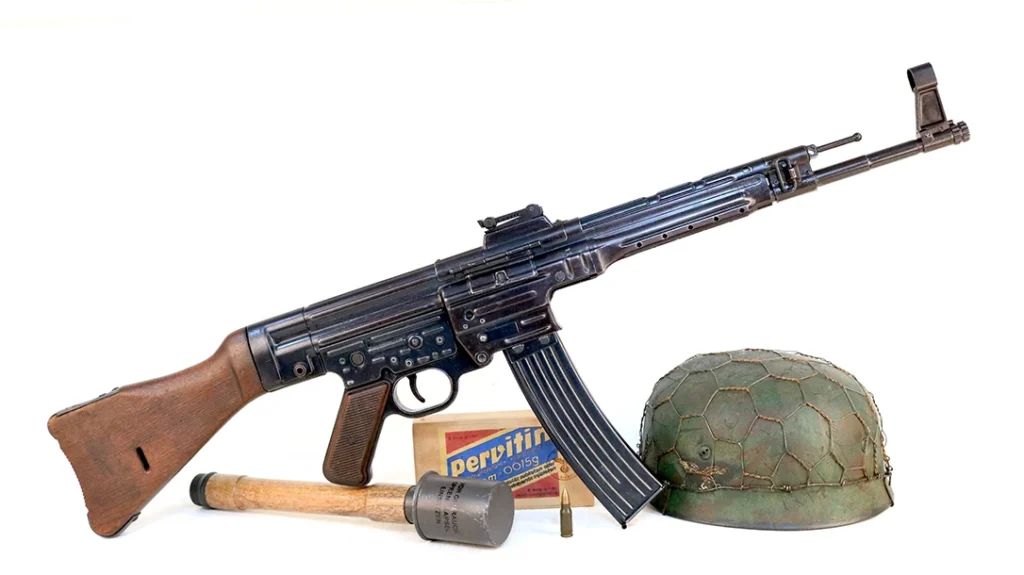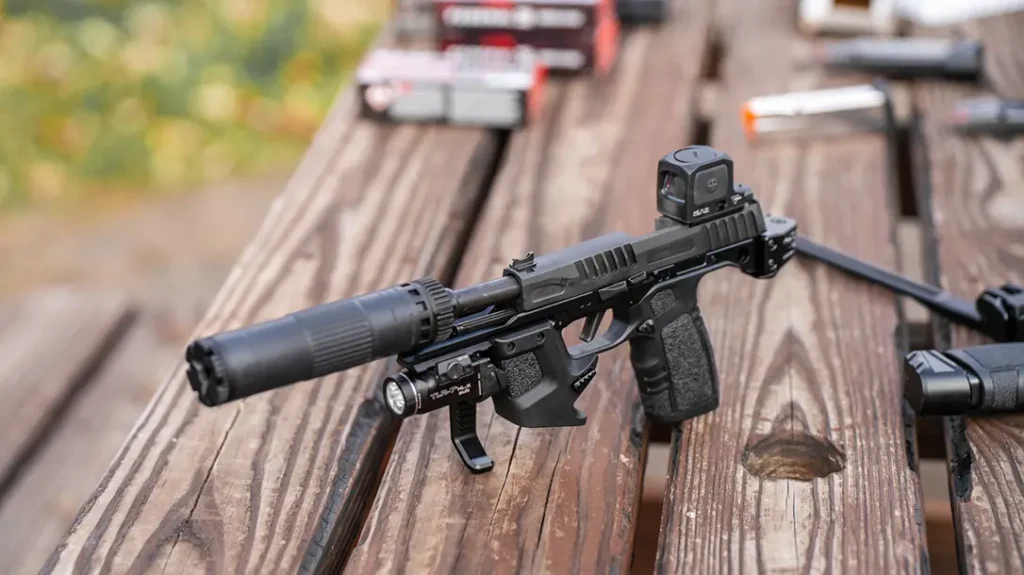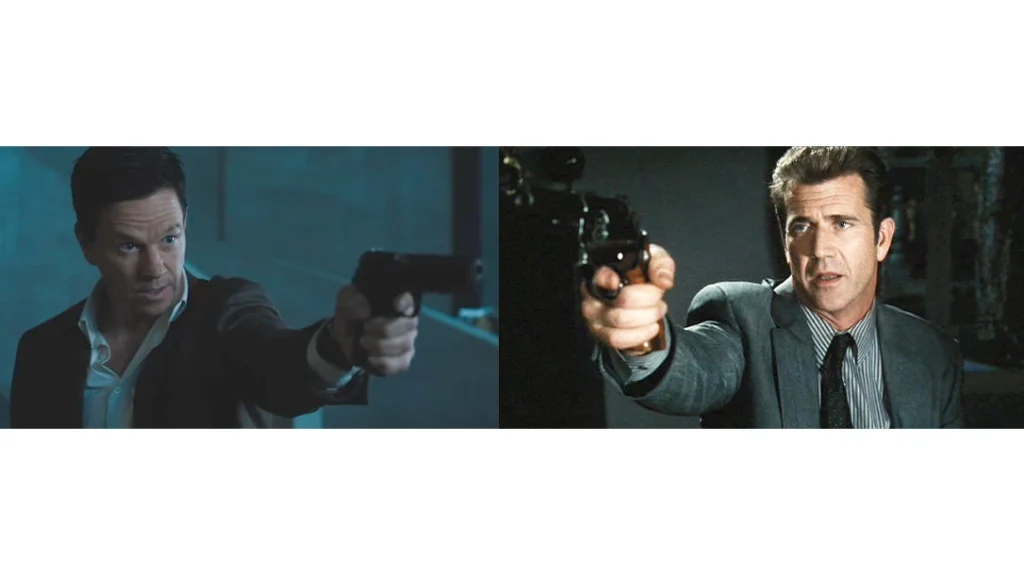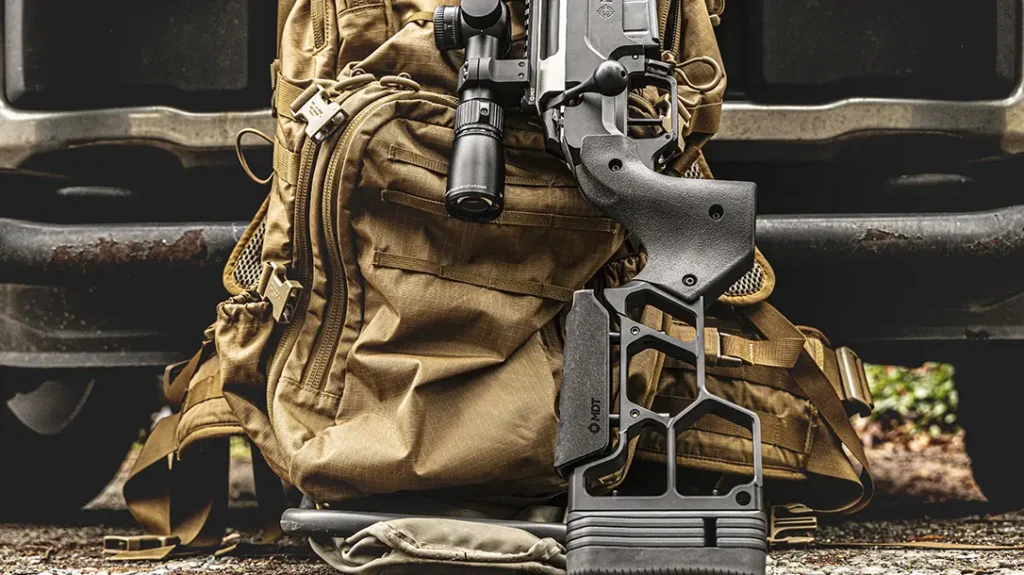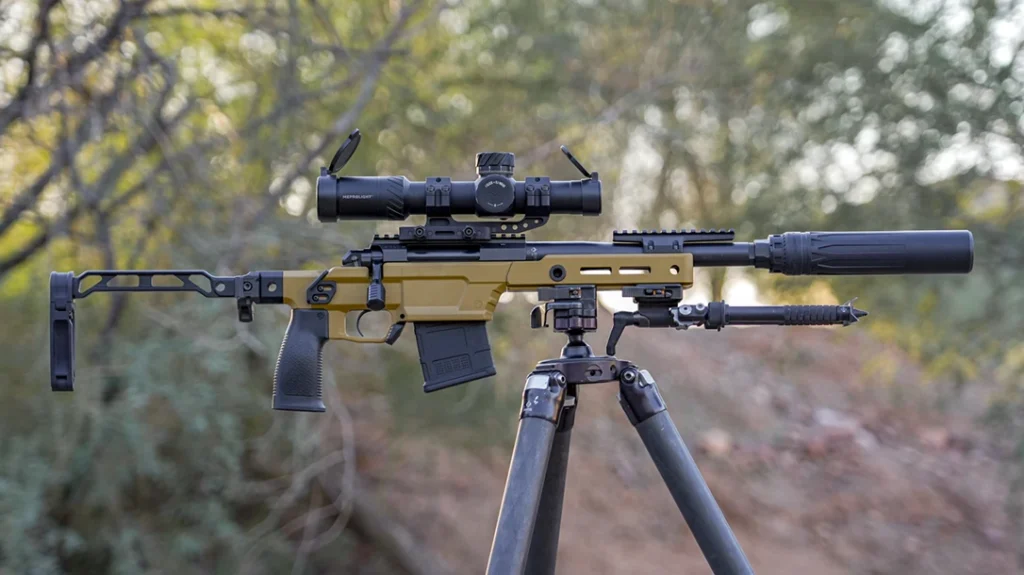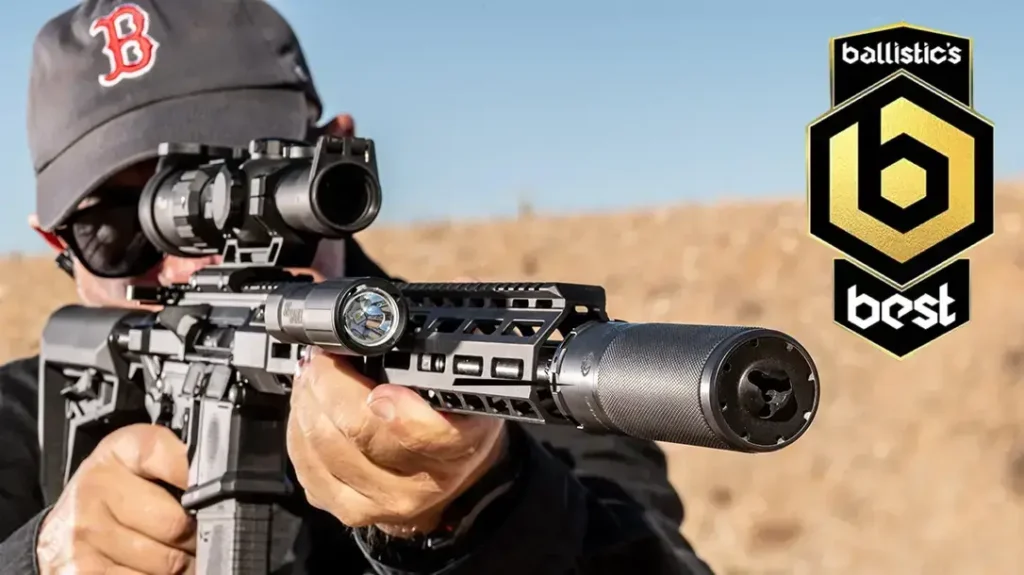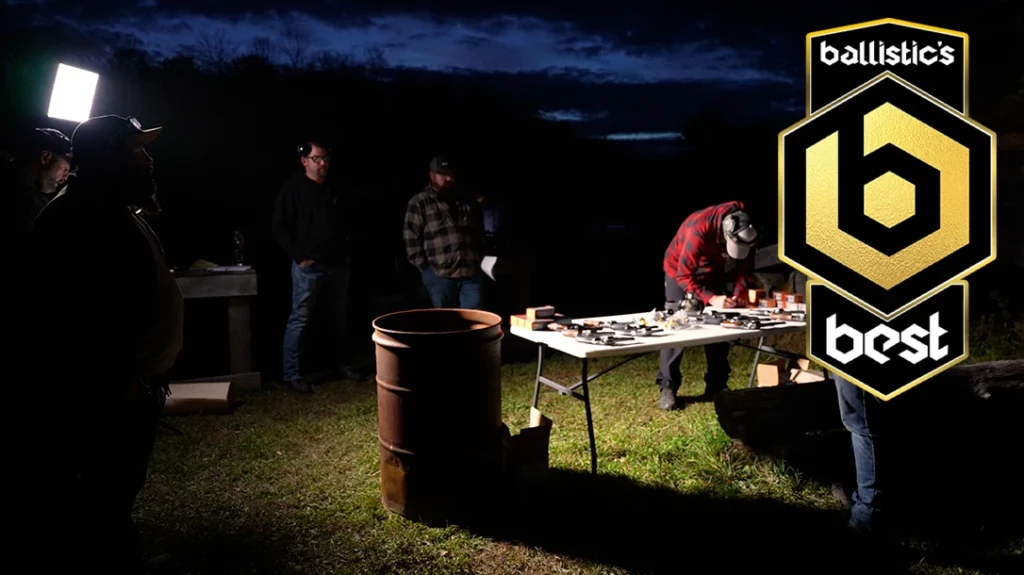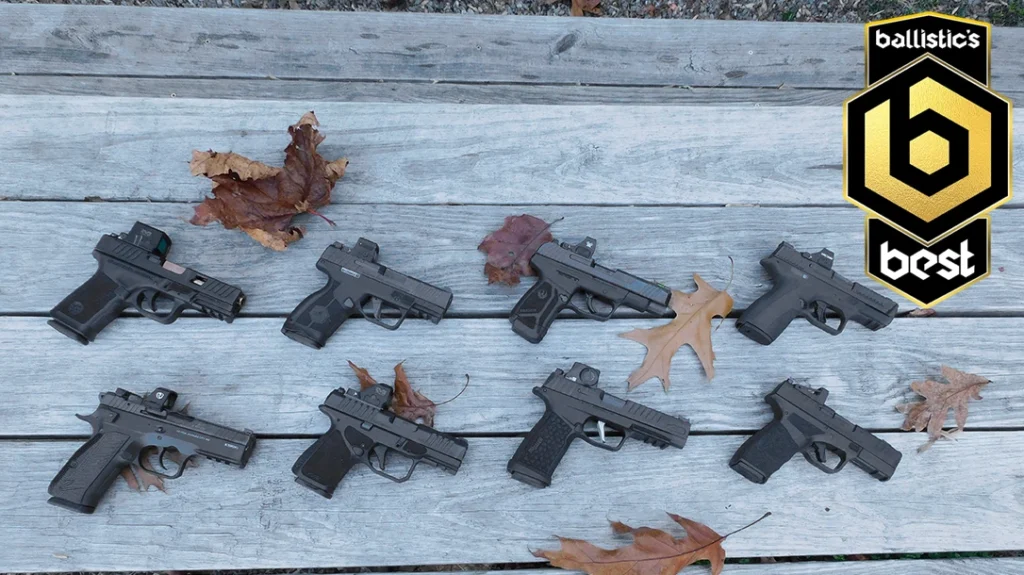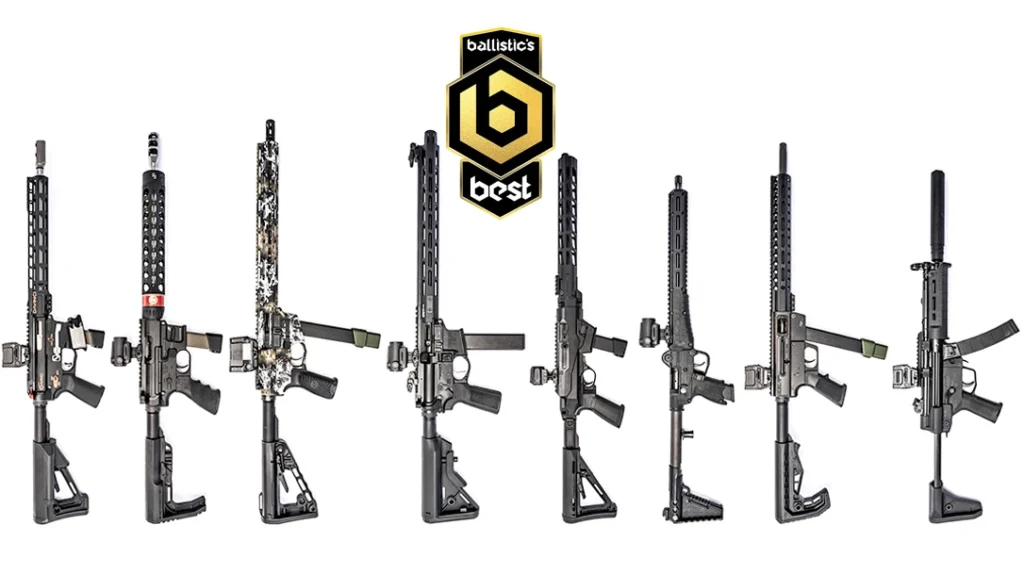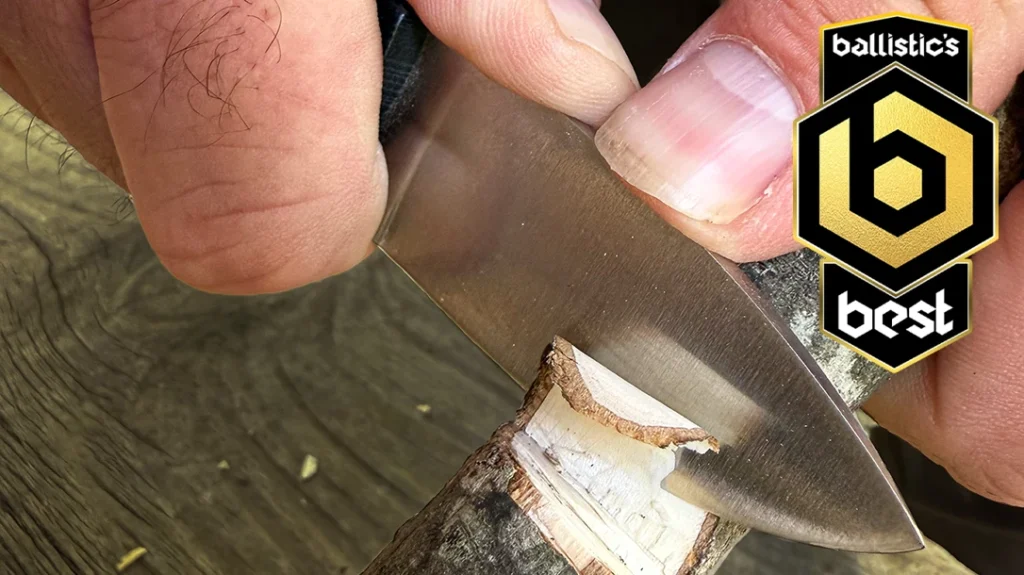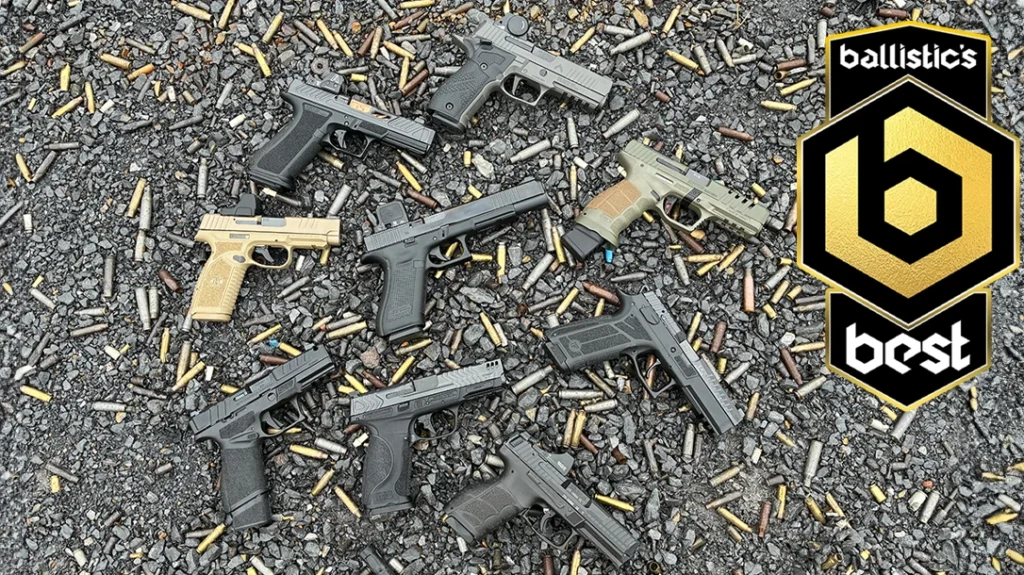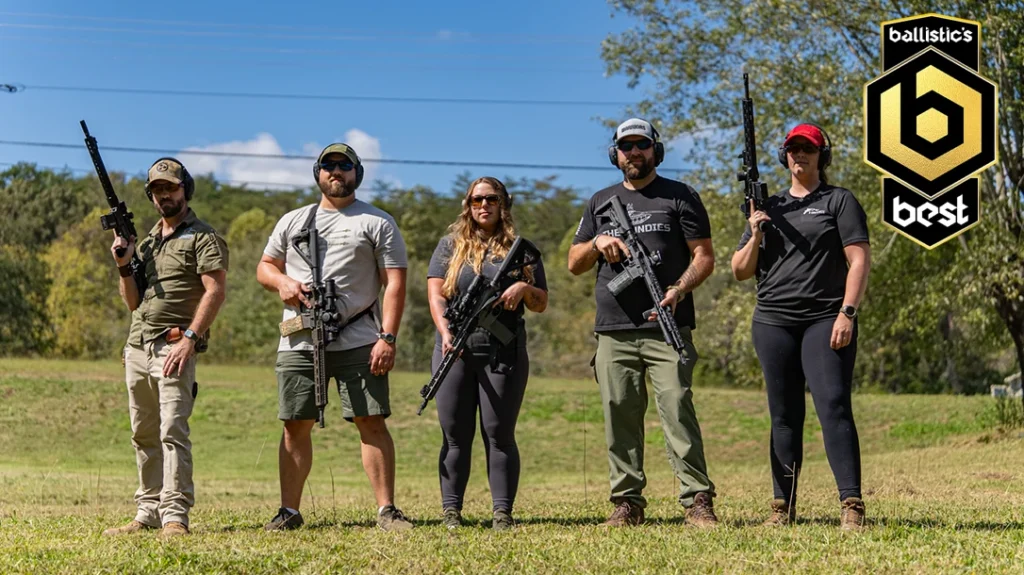Special Weapons and Tactics (SWAT) teams have become crucial to law enforcement agencies in the United States and around the world. These highly trained units specialize in handling high-risk situations, such as hostage rescues, counterterrorism operations, and confrontations with heavily armed criminals. Necessity is the mother of invention, and that holds true with SWAT. Today, we will take a brief look at the history of SWAT.
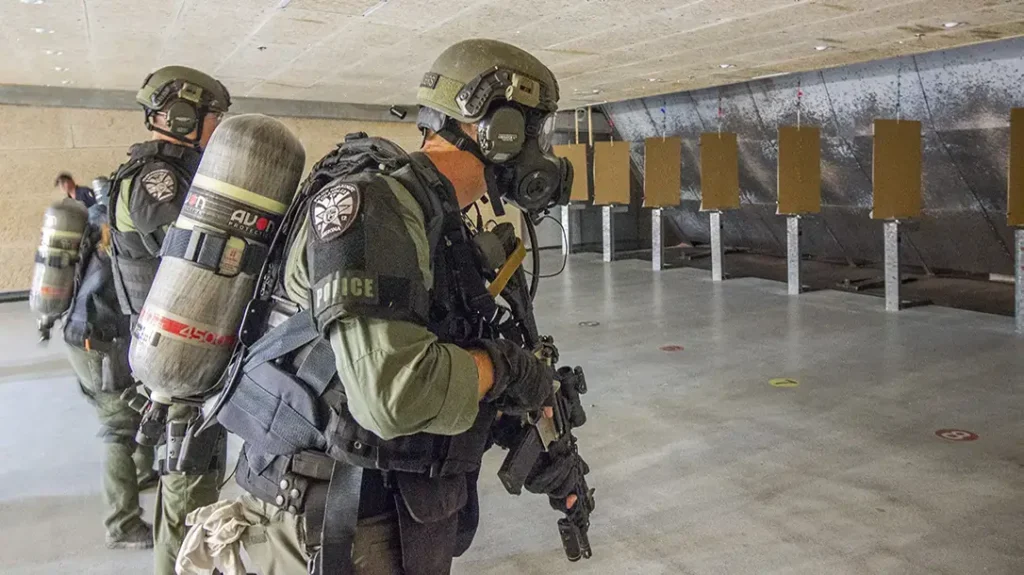
Special Weapons and Tactics – The History of SWAT
The incident that seems to be the starting point for SWAT happened at 11 AM on August 1, 1966. A man named Charles Joseph climbed into the clock tower building at the University of Texas. He had an array of weapons and gear with him. They included three rifles, a sawed-off shotgun, two handguns, over 700 rounds of ammunition, a 5-gallon container of water, some sandwiches, and a can of gasoline. For 96 minutes, he fired 150 shots and rained terror.
Advertisement — Continue Reading Below
The incident ended at 1:24 PM when Whitman was ambushed on the northwest corner of the tower deck by two Austin Police Department officers and an armed civilian. The death toll was seventeen that day. Responding officers had no real way of responding to such an event.
This incident sparked a scare in departments across the country. Chiefs across the nation realized they had to have plans ready to handle incidents like this one. They also realized they needed teams of police officers equipped and trained to carry out these plans. They needed SWAT, special weapons, and tactics teams.
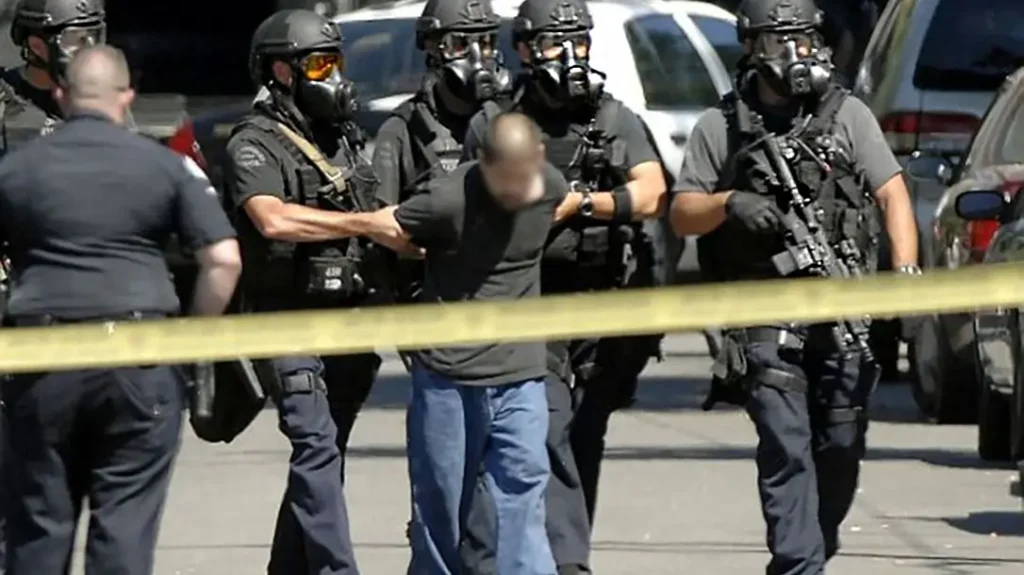
Advertisement — Continue Reading Below
Texas Clock Tower Shooting
The clock tower shooting jolted the concept of special weapons and tactics. However, there were several other shootings as well that caused concern. Many of these incidents occurred in Los Angeles during and after the Watts Riot. The leadership of the LAPD realized that an effective response to these dangerous situations was virtually non-existent.
LAPD Officer John Nelson presented the special weapons and tactics concept to a young inspector in a move that would change the world. His name was Darryl F. Gates. Inspector Gates saw the potential of such a team and ran with it. Today, Darryl Gates, who would later become the department’s chief, is recognized as the father of SWAT. Gates envisioned a highly trained unit equipped with advanced weapons and tactics to handle situations beyond the capabilities of regular patrol officers.
The first LAPD SWAT unit consisted of 15 four-man teams. The volunteers were from various sections of the department, all with specialized experience and prior military service. In the early period, these teams were on call but still carried out their regular duties. Leadership soon realized that it was too time-consuming to rally a team and established the first full-time team.
Advertisement — Continue Reading Below
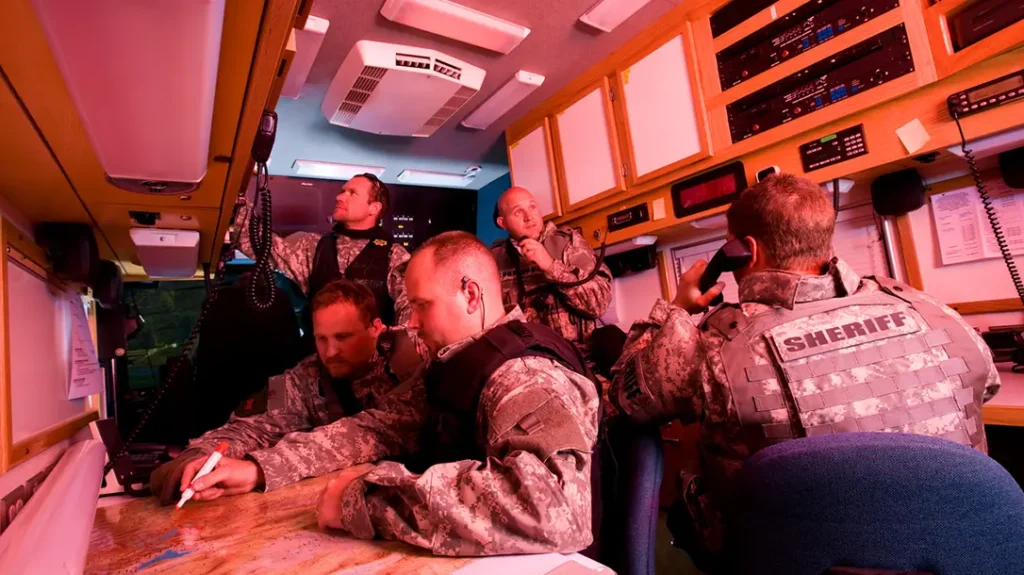
First Real Test
The first significant test of SWAT came on December 9, 1969, when the LAPD’s newly formed unit engaged in a shootout with the Black Panther Party. The confrontation lasted four hours and involved over 5,000 rounds of ammunition. It ended with multiple injuries but no fatalities among the officers. This incident demonstrated the effectiveness of SWAT teams in handling extreme situations.
Another pivotal moment occurred on May 17, 1974, when the Symbionese Liberation Army (SLA)engaged in a violent standoff with law enforcement in Los Angeles. The SLA had kidnapped newspaper heiress Patty Hearst. When the LAPD SWAT team attempted to apprehend the group, a dramatic firefight ensued. The battle was broadcast live on television, bringing SWAT into the public consciousness and reinforcing the need for such specialized units nationwide.
Advertisement — Continue Reading Below
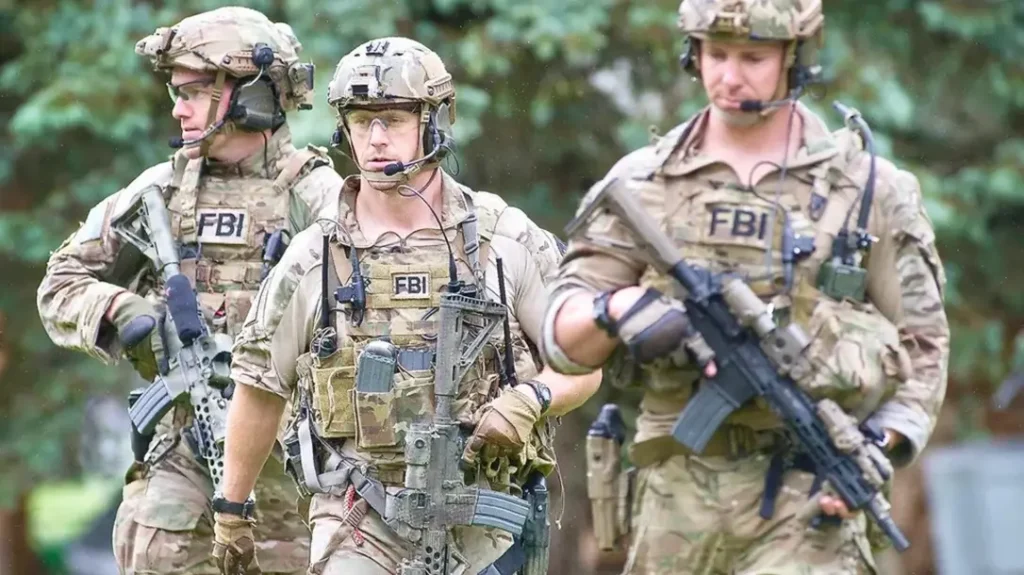
Growing Nationwide
Following the successes of the LAPD SWAT team, law enforcement agencies nationwide began forming their own specialized tactical units. The FBI, the New York Police Department (NYPD), and numerous other state and municipal police forces established SWAT teams to address rising crime rates, urban unrest, and the increasing presence of heavily armed criminals.
The 1980s and 1990s saw a surge in the use of SWAT units, particularly in response to drug-related violence fueled by the war on drugs. SWAT teams conducted raids on drug houses, executed high-risk warrants, and engaged in operations targeting major criminal organizations. Federal agencies also developed their own tactical teams, such as the FBI’s Hostage Rescue Team (HRT), which was established in 1983.
Advertisement — Continue Reading Below
Today, SWAT teams are integral to law enforcement agencies across the United States and many other countries. They are used in various situations, including counterterrorism, active shooter incidents, and high-risk warrants.
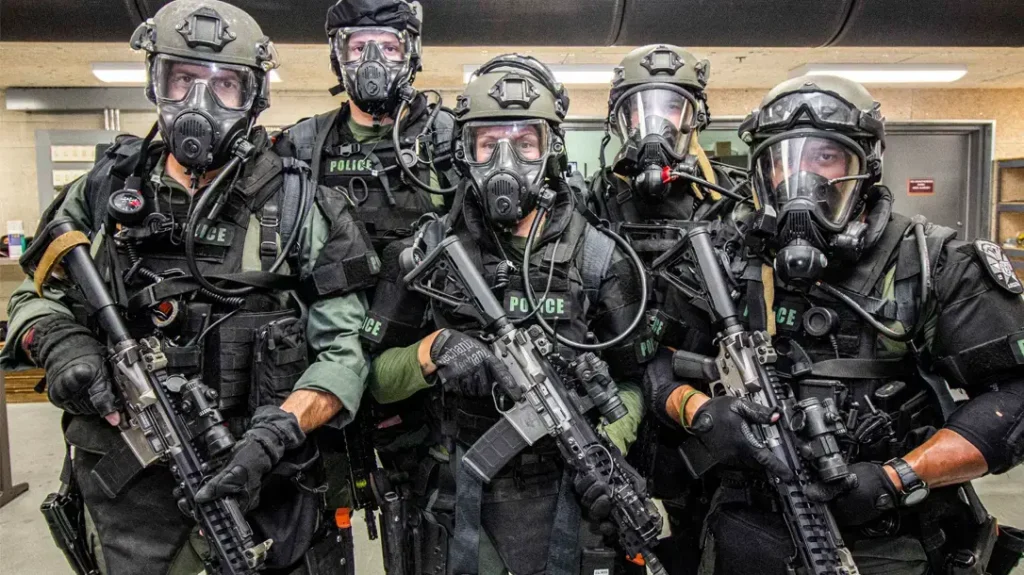
International SWAT
The influence of American SWAT teams has extended globally, with many countries adopting similar tactical units. The United Kingdom has the Specialist Firearms Officers (SFOs), Germany has the GSG 9, and France has the RAID unit. These teams operate with similar objectives, emphasizing rapid response, precision, and minimal loss of life.
Advertisement — Continue Reading Below
Modern SWAT officers undergo rigorous selection processes and extensive training. They are skilled in marksmanship, close-quarters combat, breaching techniques, negotiation strategies, and medical aid. Many elite teams cross-train with the Navy SEALs and Army Delta.
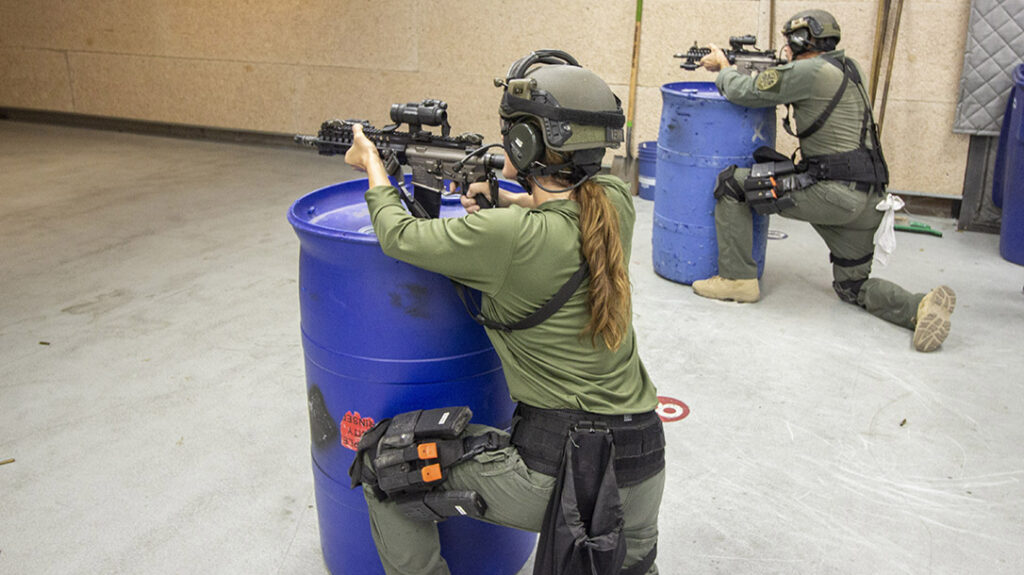
The History of SWAT
Over the last 59 years, SWAT has evolved and become a regular part of modern policing. It is rare today to see any law enforcement agency without a SWAT-style team. From small-town quick response teams to elite units like LAPD SWAT, they have become a priceless tool in law enforcement.
Advertisement — Continue Reading Below
